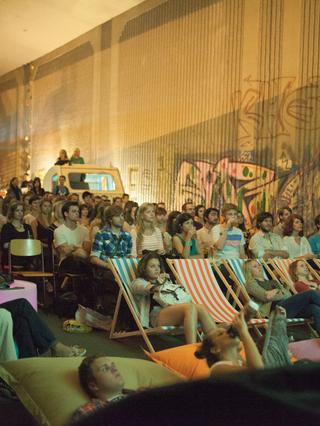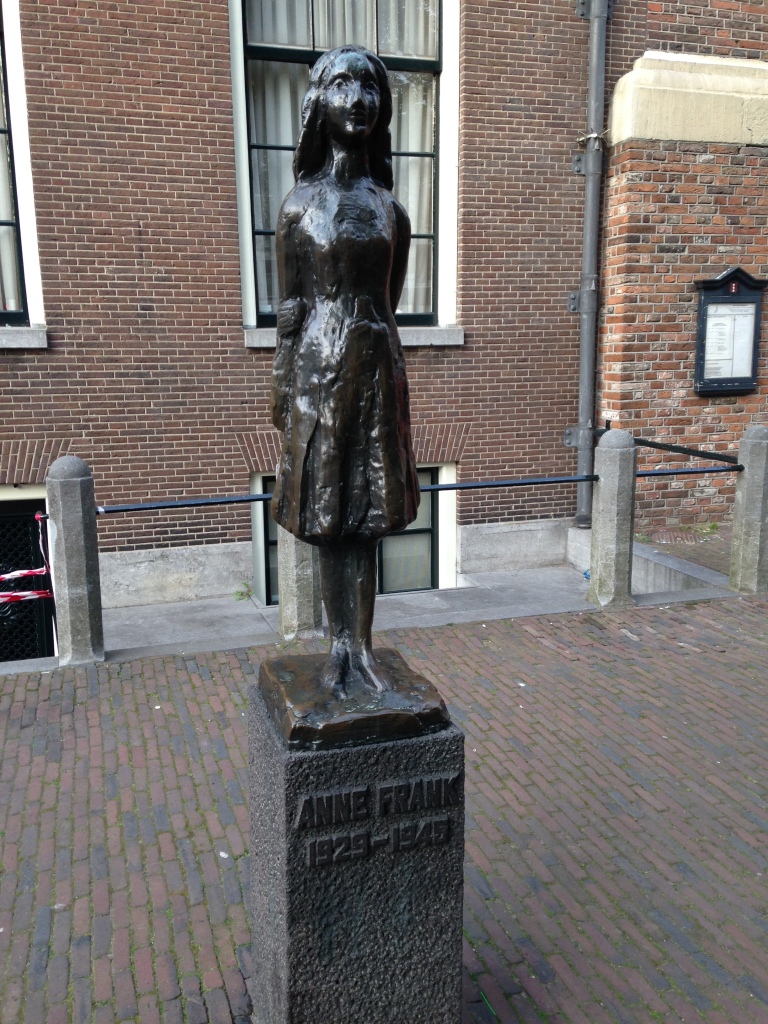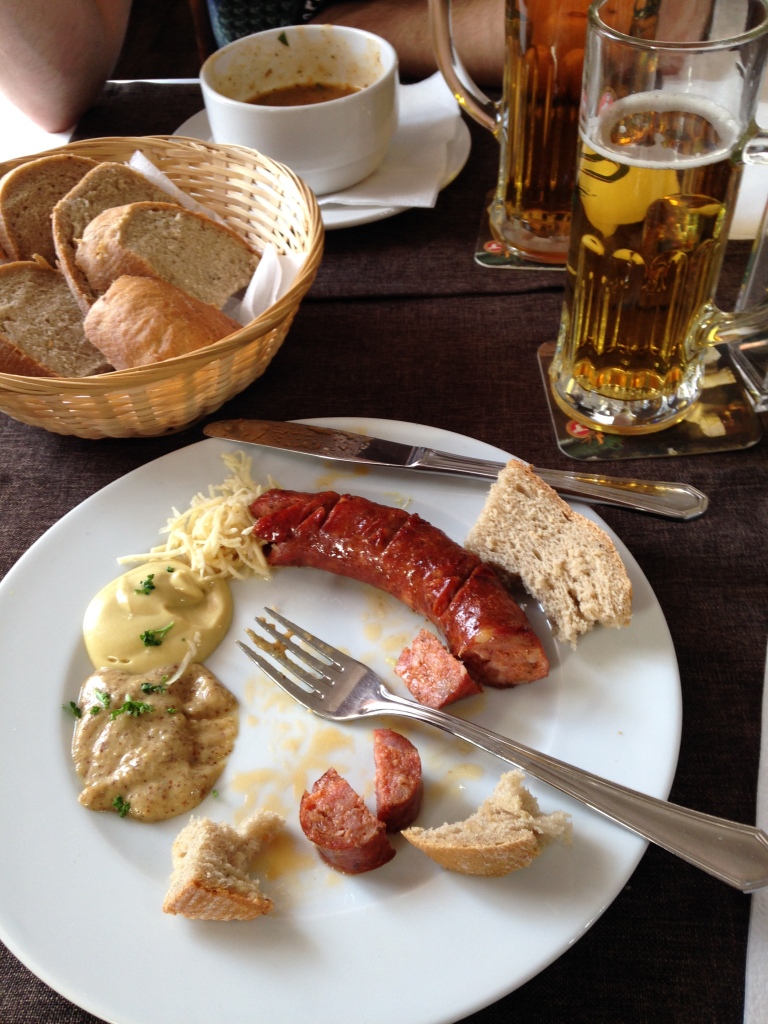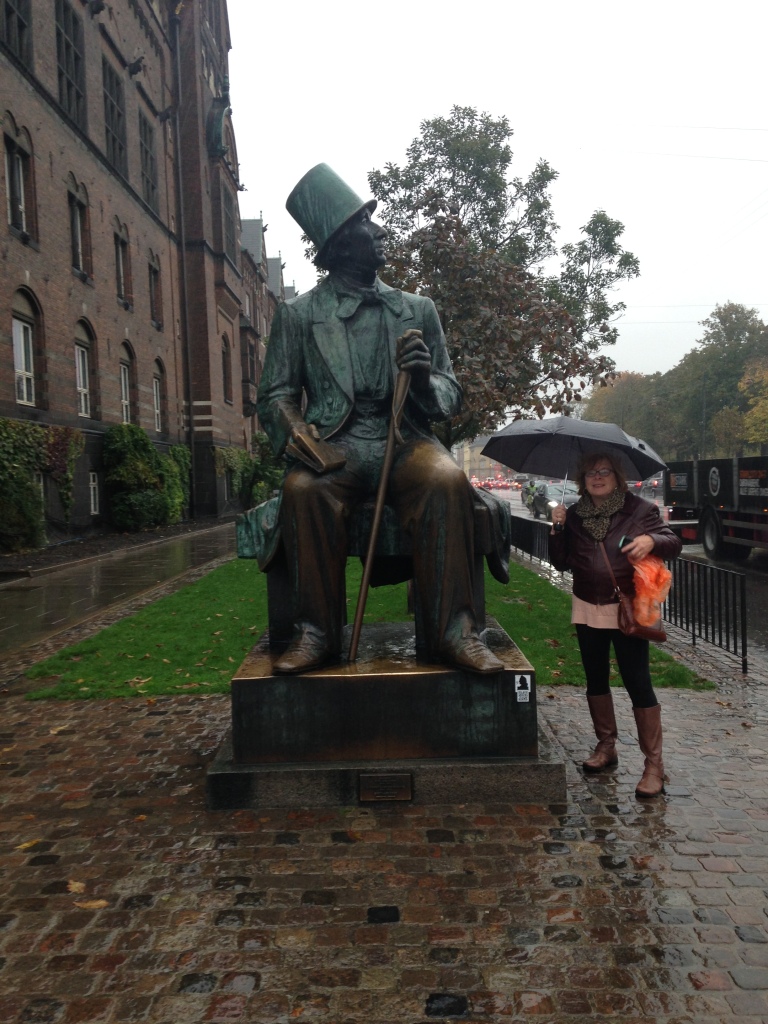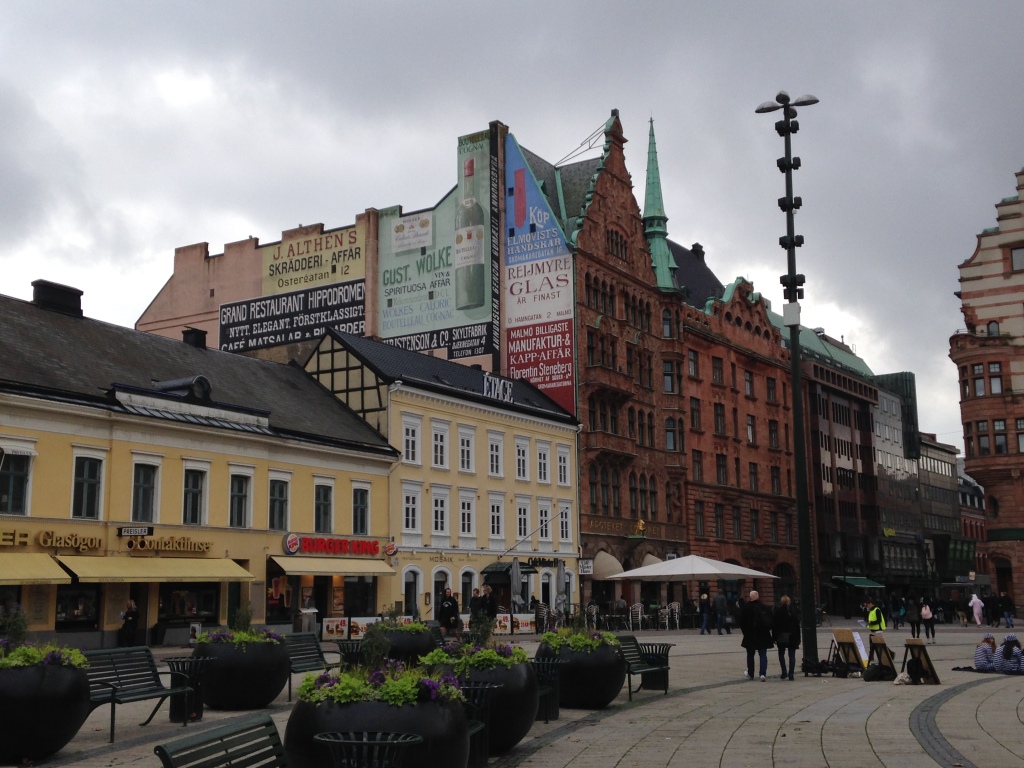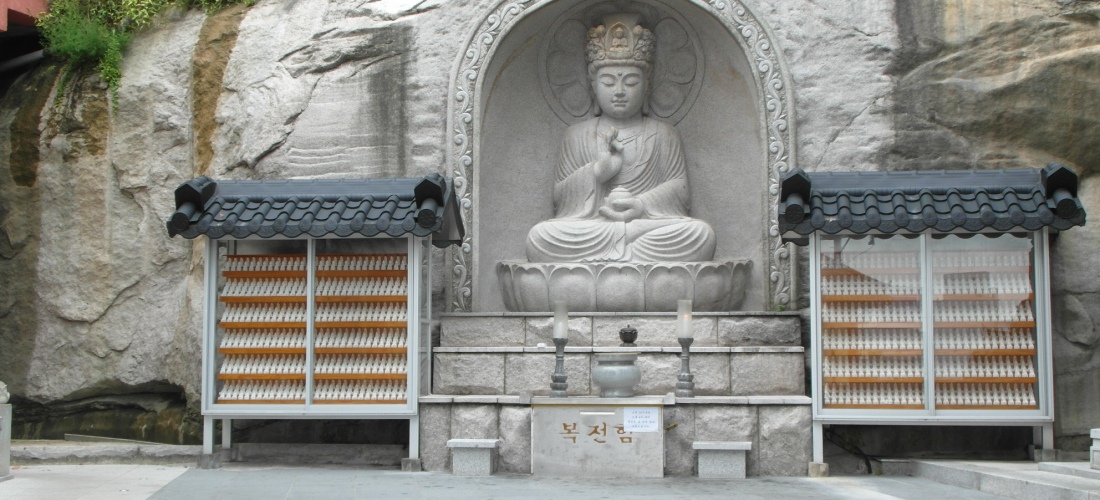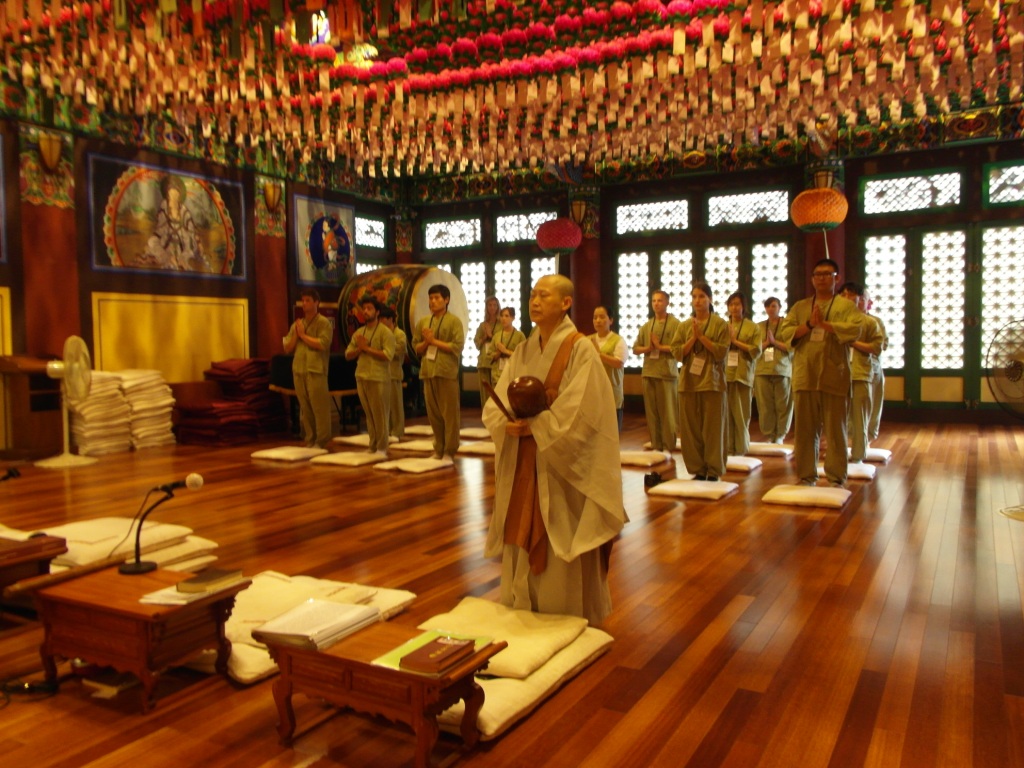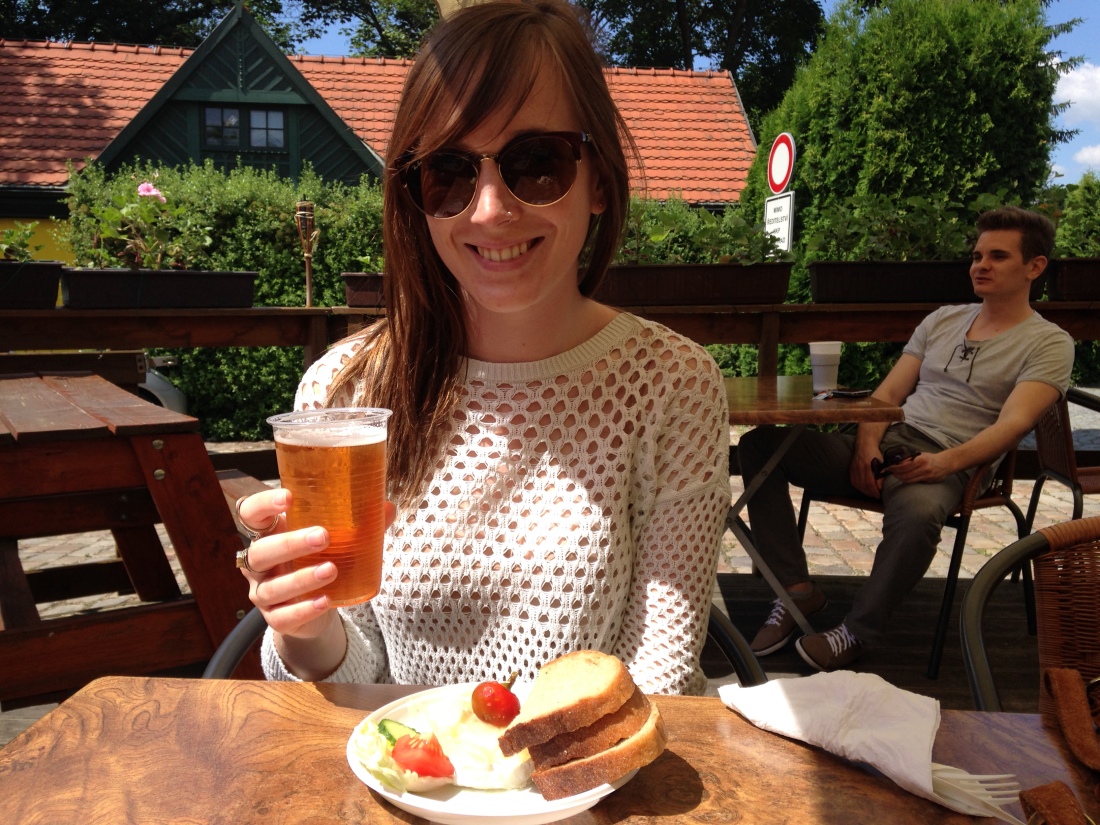Prague is saturated with medieval architecture, good beer, and expats teaching ESL. It has all the festivals, dining options, and cultural diversions one could want in a big city. But after a few months of living there, I realized something was missing.
Sure, they have some funkier restaurants or hang outs, but where were the thick framed glasses, the ironic tees, the vegan cafes? Unlike other European cities like London, Barcelona, Amsterdam–where alternative is almost mainstream–there seemed to a noticeable void in Prague. Finally I confronted the glaringly obvious question: where were all the hipsters?
Oh, they’re there. You just have to know where to look. I must admit, it took a bit of digging–and help from my more in-the-know Czech friends–but I’ve compiled a list of alternative happenings for expats who are looking for more than overpriced beer and clubbing in Wenceslas Square.
To simultaneously honor Prague, hipsters, and my life-long obsession with Goosebumps “choose your own adventure” books, I present you:
24 HOURS IN PRAGUE:
CHOOSE YOUR OWN HIPSTER ADVENTURE
MORNING
Breakfast at Ouky Douky
Janovského 1118/14, 170 00, Praha 7
Nestled in Prague 7, this bookstore/cafe is a perfect spot for a cozy breakfast. Founded by a fellow expat, this cafe was one of the original English book stores in Prague, and offers a wide variety of American breakfast foods (be still my heart, even the elusive filtered coffee!) served amongst cluttered book cases and charmingly mismatched furniture. It feels like your worldly uncle’s study–who just happens to really enjoy indie music. Settle down in a worn armchair and enjoy a large cup of filtered coffee (!), a savory pancake, and a good read.
Level of hip: Pickling your own ramps
OR
Coffee at Cafe Neustadt
Karlovo náměstí 23/1, 120 00, Praha 2
I think the self-profession on the cafe’s website really says it all: It’s an “oasis of superior coffee, cheesy ease, excellent music and civic disobedience right in the city center.” Conveniently located by Karlovo Náměstí, Cafe Neustadt is nestled in an ivy-laden courtyard in the new town hall building. Come for some morning coffee in the garden, or some pivo at night; any time of day this hip cafe is crowded and serving up good vibes. Its coolest feature? Modern art statues hang right above a stand-up piano in the corner of the courtyard, encouraging any casual Mozarts to sit down. Lastly, someone please tell me what “cheesy ease” means.
Level of hip: Back to back Wes Anderson flicks


DAY-TIME ACTIVITY
Badminton in an old school, communist-style gym
Sokol Libeň, Zenklova 37/2, 180 00, Praha
Ever wonder what it was like to play basketball in the Soviet Bloc during the communist regime? The creaky, old Sokol Libeň is the closest you will ever get. Thanks to a tip from a Czech friend, I decided to check this gymnasium out one afternoon and was tickled with how wonderfully old school it is. It looked like it was untouched since the 60s and the entire building was eerily empty. The locker rooms reminded me of something out of a horror movie (think metal cages) and the gym (including a basketball court, badminton court, and gymnastics area) conjured up images of old communist Olympic propaganda posters I’d seen. I could only imagine how many short shorts and mullets had graced those squeaky, waxed floors.
Although empty when we visited, it’s wise to reserve your hour-slot in advance. Sometimes most desired times (before and after work) fill up two months ahead of time! (You can reserve a time on their website: http://www.sokol-liben.cz/badminton/)
A one hour time-slot will only set you back 130 Kc, not including racket and birdie rental. A tip for foreigners: brush up on your Czech, since chances are no one will speak English there. (Another tell-tale sign of how authentic it is)
Level of hip: Bon Iver’s lesser known stuff
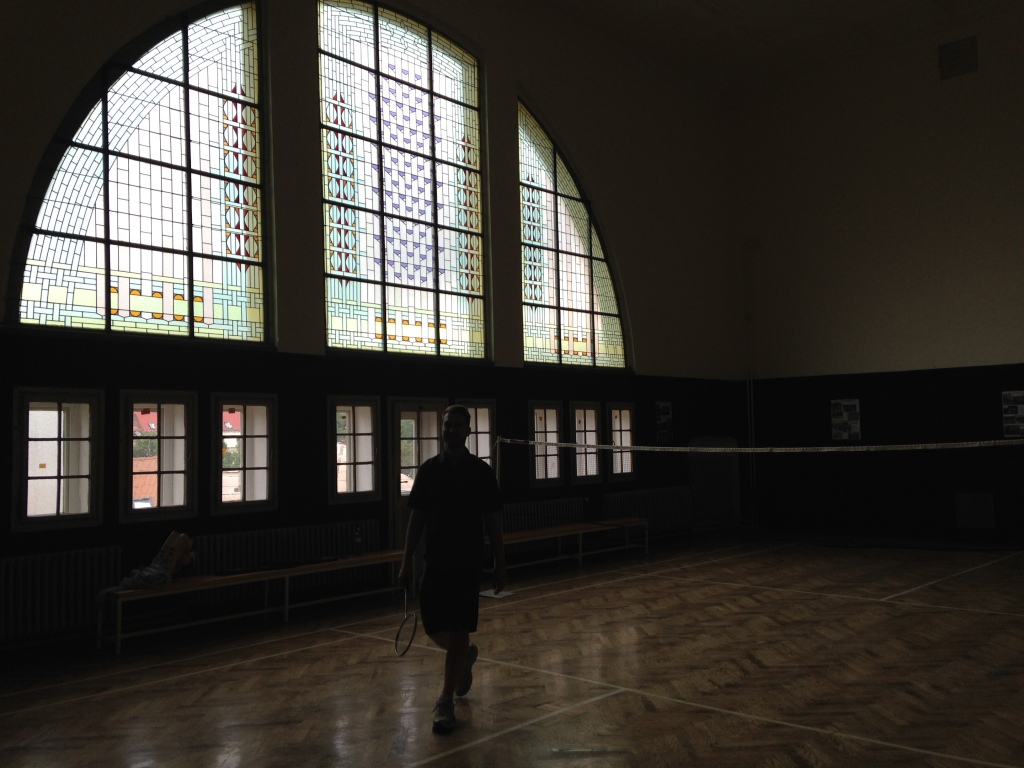
Obsessed with the art deco windows
OR
Farmer’s Market at Jiřího z Poděbrad
In front of Jiřího z Poděbrad Metro station, Praha 3
If you’re a foodie, you’ll be right at home at the Farmer’s Market located at the Jiřího z Poděbrad (or as expats call it, JZP) metro station. Situated right in front of the church which boasts the “largest clock face in Eastern Europe,” (what a claim to fame) this Farmer’s Market is my favorite in all of Prague. Wander the stalls selling everything from organic, local produce, traditional spices, homemade sausages and cheeses, and Moravian wines. I could spend an afternoon staring at the giant tubs of pickled goodies–stuffed pickled peppers, pickled cabbages and other anonymous pickled things. In the summer the market runs each Wednesday and Friday 8am-6pm and Saturdays from 8am-2pm. Bonus: around December and April, it gets a holiday makeover and turns into a Christmas and Easter market, respectively.
Level of hip: Finding a new ramen shop in that recently gentrified neighborhood

Pickled goodies at the JZP Farmer’s Market
DINNER
Burgers at Dish
Římská 1196/29, 120 00, Praha 2
Dish serves up the best burger in town, hands down. (And trust me, I’ve tasted my fair share in Prague). Not only have they perfected the ideal burger-to-bun ratio (amazingly juicy beef on a slightly toasted, sweet sesame bun), but they do it all with a fun culinary twist. International flavors like kimchi, piri piri, and artisanal cheeses drape the quality beef and garnish the crispy, garlicy fries. My go-to? The Koza Nostra: a tender patty topped with a giant slab of gooey goats cheese, sun dried tomatoes, arugula and a fig mayonnaise. Perfectly paired with an elderflower gin and tonic, off of their hand-crafted G&T menu.
Level of hip: Taking up woodwork and/or carpentry as a new hobby
OR
Barbecue at U Kurelů
Chvalova 1119/1, 130 00, Praha 3
While most expats know and love the Tavern, not many are familiar with its low-key, barbecue-centered sister restaurant, U Kurelů. Beat the Tavern crowd and head over to U Kurelů for unique dishes like the barbecue Bahn-mi, live music, and a selection of Czech microbrews (all from small breweries across the country including Matuska, Permon, Zemsky, Malesov and Chotebor.)
Level of hip: Beard + flannel + ironic animal t-shirt
EARLY EVENING
Microbrews at Cafe Liberál
Heřmanova 6, 170 00, Praha 7
Just a general rule of thumb for alternative Prague: walk around Prague 7, and look for signs broadcasting Únětický beer. Chances are, you’ll bump into a hip crowd. Cafe Liberál (just a few blocks down from my breakfast pick, Ouky Douky) is a perfect spot for early evening craft brews. Sip on a radler (my favorite; a summery mix of wheat beer and lemonade) and people watch. Hang out inside, and enjoy its minimalist interior, filled with creaky wooden chairs, art deco fixtures–the only decoration a collection of LPs leaning against the bare white walls. This is the spot to see and be seen.
Level of hip: Cold brewed, fair-trade coffee

OR
Summer Cinema at Meet Factory
Ke Sklárně 3213/15, 150 00, Praha 5
Meet Factory is a cultural oasis of everything art in Prague. It’s a gallery space, live music venue, and cinema all in one. For a list of current exhibitions or events, visit their website: http://www.meetfactory.cz/en/
In the summer months Meet Factory hosts a summer cinema in the middle of the week (Tuesday or Wednesday nights) starting at 9:30pm. If mainstream blockbusters are your thing, look elsewhere. Each viewing shows two or three alternative films clumped loosely together by the evening’s theme, labeled cleverly after a weather term: from “bright” or “cloudy,” to “stormy” or “high pressure muse,” there’s a mood, and flick, for everyone. Bonus: no typical movie seats here, the giant pillows and beach recliners only add to the off-beat experience.
Level of hip: Quoting Jack Kerouac
LATE NIGHT
Stalin
Letenské sady, Praha 7
For a hip venue with a view that you can’t be beat, end the night at Stalin, a controversially named, brand new bar located just below the metronome in Letna. Besides its cheap beers, rotating DJs, and breath-taking view of Prague, this outside bar is steeped in history. The actual bar is located in the once graffiti riddled, abandoned building just under the former monument to Stalin that was erected in Letna during the 50s. Although the statue was destroyed years later, its reputation remains. In the 90s it transformed into an underground pirate radio station, and later was revamped into Prague’s first rock club. So. Hip. It. Hurts.
Level of hip: Man bun
OR
Vzorkovna
Bartolomějská 110, Praha 1
The true calling card of an exclusive bar is one that is difficult to find. Located right by Národní Divadlo, Vzorkovna is deceivingly hidden. Enter the doors into the unlit corridor, down two flights of stairs in complete darkness, led only by the sounds of clinking glasses. Enter the basement hang-out that is seemingly always bustling with an alternative crowd and live music. Seriously, I’ve been here on a Monday night and it’s still busy.
Expats and locals alike slide into the nooks and crannies of this no-frills bar, lit only by flickering candles. Únětický craft beer is served in what looks like re-purposed pickle jars, and the ash trays? Old tuna cans. Another hallmark of this hip bar is the presence of Street Fighter and other old school arcade games scattered throughout.
Don’t be alarmed if in your peripheral you see what looks like a friendly polar bear, slowly lumbering through the crowd. That’s just the bar’s unofficial mascot, a giant and amazingly chill Irish wolfhound, who endures the crowds and drunken petting throughout the night.
Level of hip: Taking Polaroids of your friends drinking PBR
So whatever adventure you choose, you are bound to see a new (and hip) side of the city, and have more fun than riding a tandem bike while sipping a kale smoothie or foraging for mushrooms with a waxed mustache or well, you get the point.
Happy trails.










